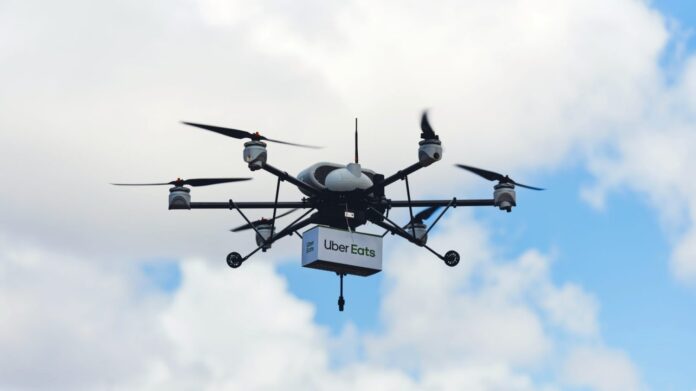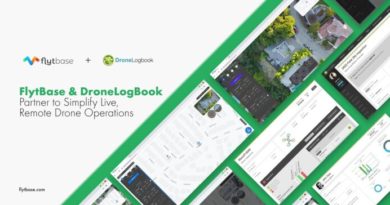Will Your Restaurant Orders Soon Be Delivered by Drone?
Guest Post by Emily Folk
Drones are quickly becoming one of the central goals for companies and small businesses across the world. Delivery by drones offers a fast, innovative way for consumers to get what they need. Specifically, drone food delivery is taking the world by storm, with restaurants and big companies like Uber looking into ways to implement unmanned aerial vehicles (UAVs).
These advancements may have you questioning how soon drone delivery will come to the food industry. The answer is complicated.
Uber Eats Trials
In 2019, Uber Eats announced that it was going to start its drone food delivery services in San Diego in 2020. However, the company planned the deliveries to be slightly different from consumer expectations. Instead of delivery right to customers’ homes, the drones would go to a pre-set location where a driver would take the contents to the end destination.
In theory, this hybrid model could work well. Unfortunately, the drone delivery trials had some setbacks. First, strong winds prevented the drones from operating. If drones cannot fly in all different weather types, then restaurant drone delivery will not be able to come to fruition.
Additionally, the Federal Avian Administration (FAA) has various restrictions and guidelines for any sort of drone delivery — whether it’s packages or food. If restaurants are to work with drones, they must adhere to the FAA’s rules, which require certifications and training.
The Uber Eats trials were not a failure, though. They demonstrate that the path forward is going to be long but possible. With the coronavirus pandemic urging everyone to stick to contactless interactions, drone delivery could finally get the support it needs.
The Logistical Setbacks
If you are wondering whether drones will soon come to your restaurant, there are some things to consider first. While drone delivery is what so many companies — Amazon, Google, Uber — are working towards, the logistical realities bring setbacks.
As with the Uber Eats trials, the weather is something that restaurants will have to account for. If there’s a storm or high winds, the drones must be able to withstand it all.
Similarly, location plays a big role in how drone food delivery can operate. In more rural areas, finding the right range for aviation vehicles is key. If houses are too far out from the restaurant, a drone might not be the best option for delivery. With cities and urban areas, too, how will drones reach people in apartments?
Suburban properties have space for the drones to land privately. Cities do not have that space. Restaurants will need to find the best way to reach their customers.
Then, the contents of the delivery is another area of concern. Restuarant drones must have temperature controls — warm food needs to stay warm and cold food needs to stay cold. During flight, too, the contents may shift. It must stay in place and at the right temperature, all while restaurants maintain the best sanitary practices.
Last, if technical issues occur, the drone could end up not delivering the food. Restaurants and the designated pilots will need to ensure that all the drones are working, and have a plan in case they don’t.
Growing Competition
Since drones are becoming a hot commodity, the competition is heating up. Amazon recently purchased Whole Foods and opened up Amazon Pantry and Amazon Fresh. Additionally, the company is stepping into the drone field, too.
With competition from such a massive conglomerate, local restaurants will need to keep up. Though drones may still be several years away from becoming the norm, restaurants should start thinking of how to best integrate drone food delivery.
One first step could be similar to the Uber Eats plan — the hybrid model, where drones take it to a certain point and drivers carry out the “last mile” of delivery. Working with popular delivery companies like Uber Eats, Doordash and GrubHub is a necessity as well.
Drone Delivery
Food delivery by drone will likely not take off this year or in 2021. However, with local businesses and big companies focusing on UAVs as the future, progress is sure to continue no matter what.
Bio:
Emily is a green tech writer who covers topics in renewable energy and sustainable design. You can read more of her work on her blog, Conservation Folks.



